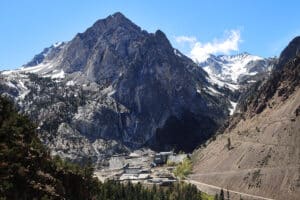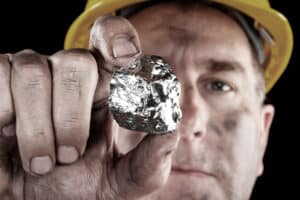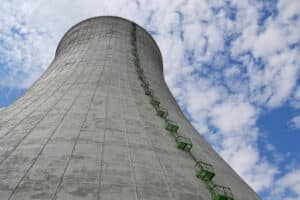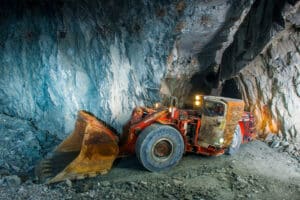
Fun Facts About The Paper Industry
Although we live in a digital world, paper is still favored by many for notes, lists, documentation, and communication. With 300 million tons of paper

The People of Mining: Heart & Soul
Three years ago, my life changed when I became a recruiter in the mining industry. Ironically, I grew up and lived a good portion of

12 Little-Known Facts About The Historic “Mine In The Sky”
Mining has a solid history here in the U.S. and with the progression of time and technology, the landscape of mining has changed. The Pine

10 Interesting Facts About Silver
Silver was discovered in 5,000BC and has been overshadowed by Gold since its’ discovery. While there are dedicated miners to silver, most is produced as

What Would Happen If The World Stopped Mining?
No matter what side of the fence you are on, one must agree that mining is a necessity in our modern world. Without it, we

10 Interesting Mining Facts You Probably Didn’t Know
It’s no secret that mining is important to our economy, but I don’t think most people realize how vital and integrated the mining industry is



